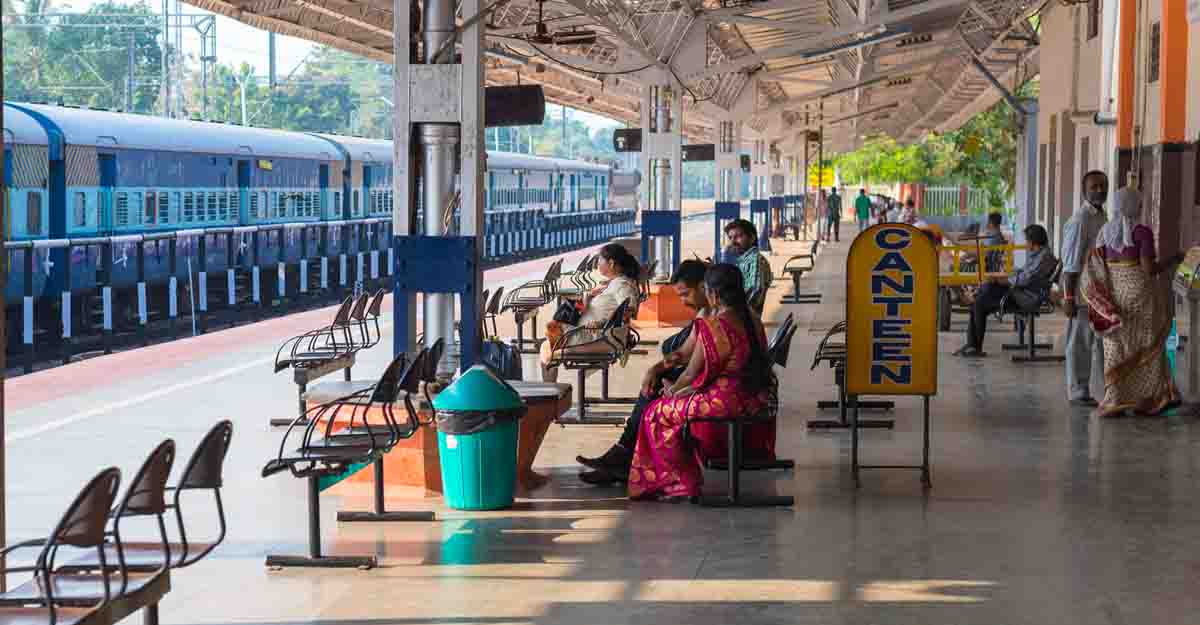What are the stories of railway stations?

To find answers to this question, a novel “history project” for India’s roughly 7,000 railway stations has begun.
While the Modi administration spends thousands of crores of rupees to refurbish 1,275 railway stations under the Amrit Bharat Station plan, officials have opted to include the origins, significance, and evolution of railway stations in the history of the cities, towns, and villages they serve.
The railway ministry has issued a directive to all 17 zonal railways to investigate their own records and gather data on the stations’ historical significance.
“Railway stations play a vital role in the lives of the cities they serve. “As a result, it has been decided to investigate the development of stations and the role they play in the development of the surrounding areas,” said the letter to railway zones.
One of the important questions the research tries to answer is if the original station building was ever replaced with a new one in the past, when it was done, and what the tale was.
The regulation states that unique sculptures, plaques, historical narratives related with the stations, and so on must be thoroughly gathered, validated, and given to the ministry.
The zonal headquarters will organise a committee to promptly gather information from appropriate sources, such as station masters.
“To ensure the integrity and authenticity of the information, the committee shall cross-check the information with available archives, foundation plaques, commercial circulars, opening documents, details of nearby bridges, and any other sources of information before sending to the Railway Board with the General Manager’s approval,” the directive states.
Aside from the obvious well-known historical station buildings, such as Mumbai’s Chhatrapati Shivaji Maharaj Terminus, Thane station, where the first train arrived, Howrah station, Lucknow’s Charbag, or several smaller stations in Bihar, Uttar Pradesh, and elsewhere associated with Mahatma Gandhi’s movements during the freedom struggle, the history and evolution of thousands of smaller stations are not recorded in the railways’ institutional repository, office.
As the Amrit Bharat Station programme redevelops stations with modern amenities and phases them out, administrators saw the need to establish a “Big Data” database of station history and integrate it into the ongoing redevelopment scheme of things.
Several divisions are also going to solicit public input so that local specialists can reach out and provide historical details that may not be preserved in the archives.
Stations were chosen from 32 states and union territories in the first phase of the Amrit Bharat Station initiative. Uttar Pradesh has 149 railway stations, Andhra Pradesh has 72, Maharashtra has 123, Karnataka has 55, West Bengal has 94, and so on. There are other stations from the northeastern states of Manipur, Meghalaya, Mizoram, Nagaland, and Sikkim.
In addition to the programme, the Government has approved a Rs 10,000 crore refurbishment of the stations in New Delhi, Ahmedabad, and Mumbai’s Chhatrapati Shivaji Maharaj Terminal.



